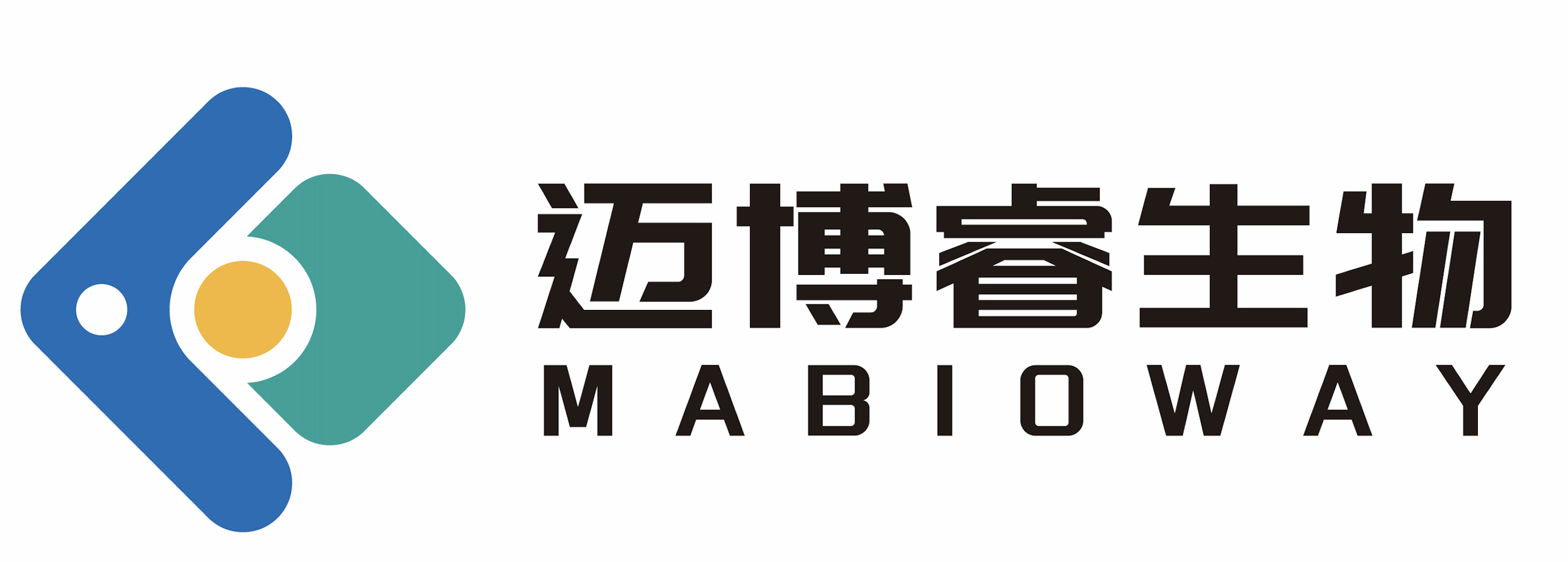Cat. No.
MABL-1907
Application
functional assays, in vitro, in vivo, ELISA
Isotype
Engineer antibody
Species Reactivity
Human, Rhesus Monkey, Mouse
Clone No.
HIRMAb
From
Recombinant Antibody
Specificity
This antibody is specific for the endogenous human insulin receptor and binds an exofacial epitope within the 469–592 amino acid region of the receptor. This antibody cross-reacts with Rhesus monkey and mouse insulin receptors but does not cross the blood-brain barrier (BBB) in mice.
Alternative Names
CD220; HHF5; IR; HIR; INSR; HINSR; human insulin receptor monoclonal antibody; 83-14
UniProt
P06213
Immunogen
This humanized antibody, based on the anti-insulin receptor alpha antibody clone 83-14 (Ab00137), was generated by grafting the complementarity-determining regions (CDRs) of the original murine IgG1 antibody onto the human B43 IgG1 heavy chain and the human REI kappa light chain frameworks.
Application Notes
This humanized antibody clone, optimized for minimal immunogenicity in humans while retaining binding affinity to its target receptor, utilizes the BBB's endogenous insulin transport system to access the brain via receptor-mediated transcytosis without disrupting normal insulin transport (Boado, 2008; PMID: 19180267). This antibody was used to investigate binding and transport across the BBB and its application in enzyme replacement therapy for brain diseases (US7388079B2). Avid binding to human brain capillaries in vitro, comparable to the murine form, was demonstrated via a radioreceptor assay. It also crossed the Rhesus monkey’s BBB in vivo, specifically accumulating in areas of higher vascular density. Additionally, the light chain’s role in binding to the human insulin receptor was explored, revealing that variations in the light chain sequence minimally affect binding affinity, as tested in an ELISA, indicating flexibility in light chain design for humanized antibodies (US7388079B2, Boado et al., 2007; PMID: 16937408). Furthermore, the antibody was fused with α-L-iduronidase (IDUA) and tested in an in vitro mammalian cell system to facilitate enzyme delivery for treating Hurler syndrome, showing promising results (Boado et al., 2007; PMID: 16937408, Boado et al., 2008; PMID: 17680664). Moreover, this antibody has successfully transported other enzymes across the BBB, such as Iduronate 2-sulfatase (IDS) (Boado et al., 2014; PMID: 24889100) and N-sulfoglucosamine sulfohydrolase (SGSH/sulfamidase) (Boado et al., 2014; PMID: 24949884), in in vivo Rhesus monkey models. Expanding on the SGSH enzyme fusion, the fusion antibody-enzyme construct retained high-affinity binding to the human insulin receptor and preserved 85% of the enzyme's activity compared to recombinant SGSH by fusing the enzyme to the carboxyl terminus of the antibody's heavy chain. The fusion protein was pharmacologically active in MPSIIIA fibroblasts, reducing lysosomal glycosaminoglycans (GAGs) by 72–83% and efficiently localizing to the lysosomal compartment, as confirmed by confocal microscopy. In Rhesus monkeys, the fusion protein crossed the BBB with approximately 1% of the injected dose per 100 g brain tissue, distributing into the brain parenchyma as demonstrated by capillary depletion and autoradiography. After intravenous administration, brain enzyme activity was predicted to match or exceed endogenous SGSH levels, indicating effective CNS delivery. Despite rapid plasma clearance due to peripheral tissue uptake, the fusion protein maintained a brain residence half-life of 16 hours, with lysosomal sequestration extending its functional activity to 3 days (Boado et al., 2014; PMID: 24949884). The previously mentioned HIRMAb-IDUA fusion antibody has demonstrated positive outcomes in clinical studies (Pardridge et al., 2018; PMID: 29442294). This antibody was used as part of antibody-enzyme fusion constructs to enable the delivery of therapeutic enzymes across the human BBB for treating CNS-related lysosomal storage disorders. These constructs include HIRMAb-IDUA with iduronidase for Hurler syndrome, HIRMAb-IDS with iduronate-2-sulfatase for Hunter syndrome, HIRMAb-ASA with arylsulfatase A for metachromatic leukodystrophy, HIRMAb-SGSH with sulfamidase for Sanfilippo A, HIRMAb-NAGLU with N-acetyl-alpha-D-glucosaminidase for Sanfilippo B, HIRMAb-ASM with acid sphingomyelinase for Niemann–Pick A/B, HIRMAb-HEXA with hexosaminidase A for Tay–Sachs, HIRMAb-PPT1 with palmitoyl-protein thioesterase for Batten disease, and HIRMAb-GLB1 with β- galactosidase for GM1-gangliosidosis (Boado, 2022; PMID: 35890374). Furthermore, this antibody was used as part of a bispecific fusion protein, specifically, the HIRMAb-Aβ-ScFv construct — a tetravalent bispecific monoclonal antibody that combines the HIRMAb transport domain (for crossing the blood-brain barrier) with an anti-Aβ therapeutic domain. This fusion protein was tested in Alzheimer’s disease research, and studies and showed it effectively targets the brain and amyloid-beta fibrils (Boado, 2022; PMID: 35890374, Boado et al., 2007; PMID: 17315944).
Antibody First Published
Boado et al. Humanization of anti-human insulin receptor antibody for drug targeting across the human blood-brain barrier. Biotechnol Bioeng. 2007 Feb 1;96(2):381-91. doi: 10.1002/bit.21120. PMID:16937408
Note on publication
The original publication describes the humanization of a murine monoclonal antibody targeting the human insulin receptor to enable its use as a brain drug delivery system by facilitating transport across the human blood-brain barrier.
Size
100 μg Purified antibody.
Concentration
1 mg/ml.
Purification
Protein A affinity purified
Buffer
PBS with 0.02% Proclin 300.
Storage Recommendation
Store at 4⁰C for up to 3 months. For longer storage, aliquot and store at - 20⁰C.


